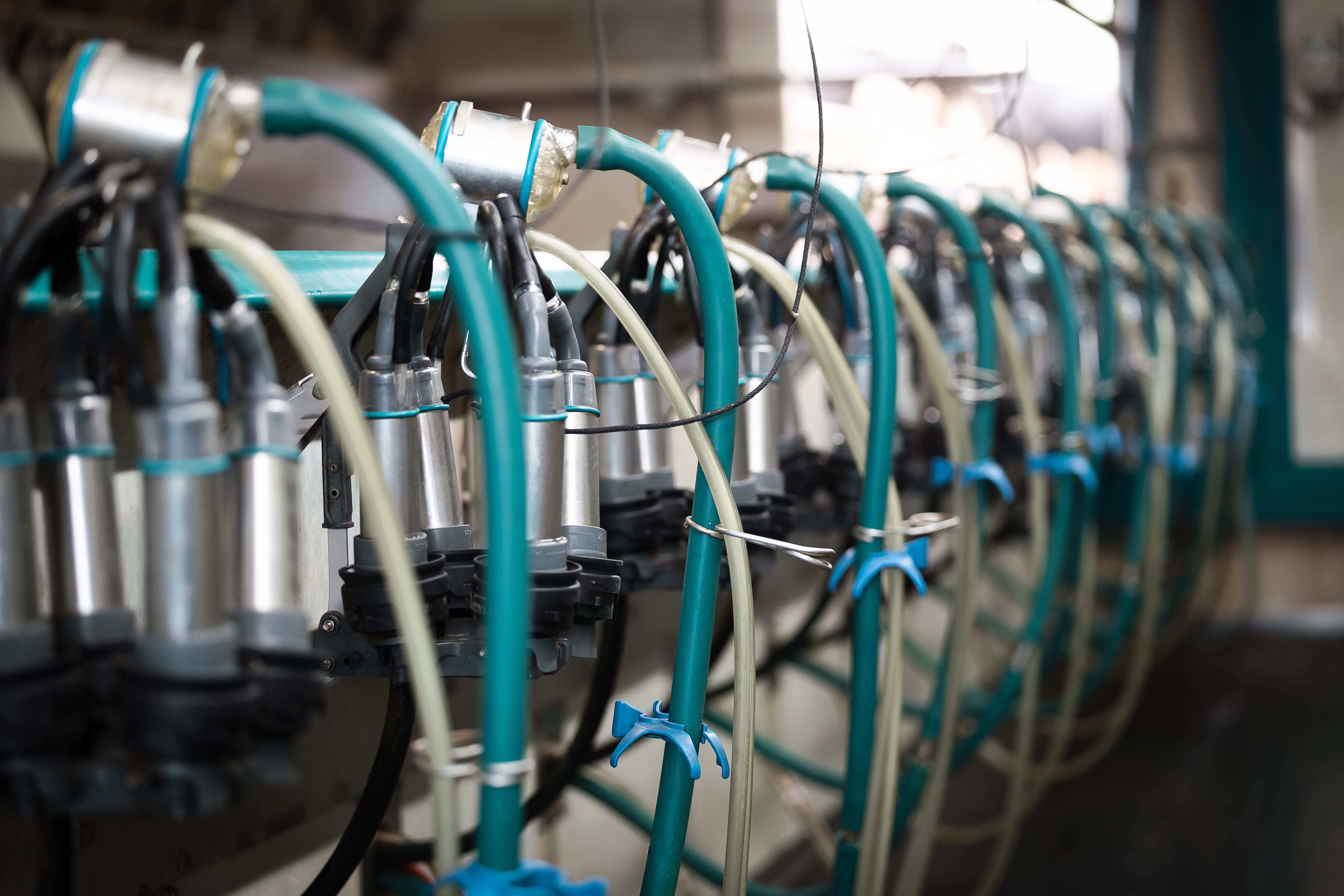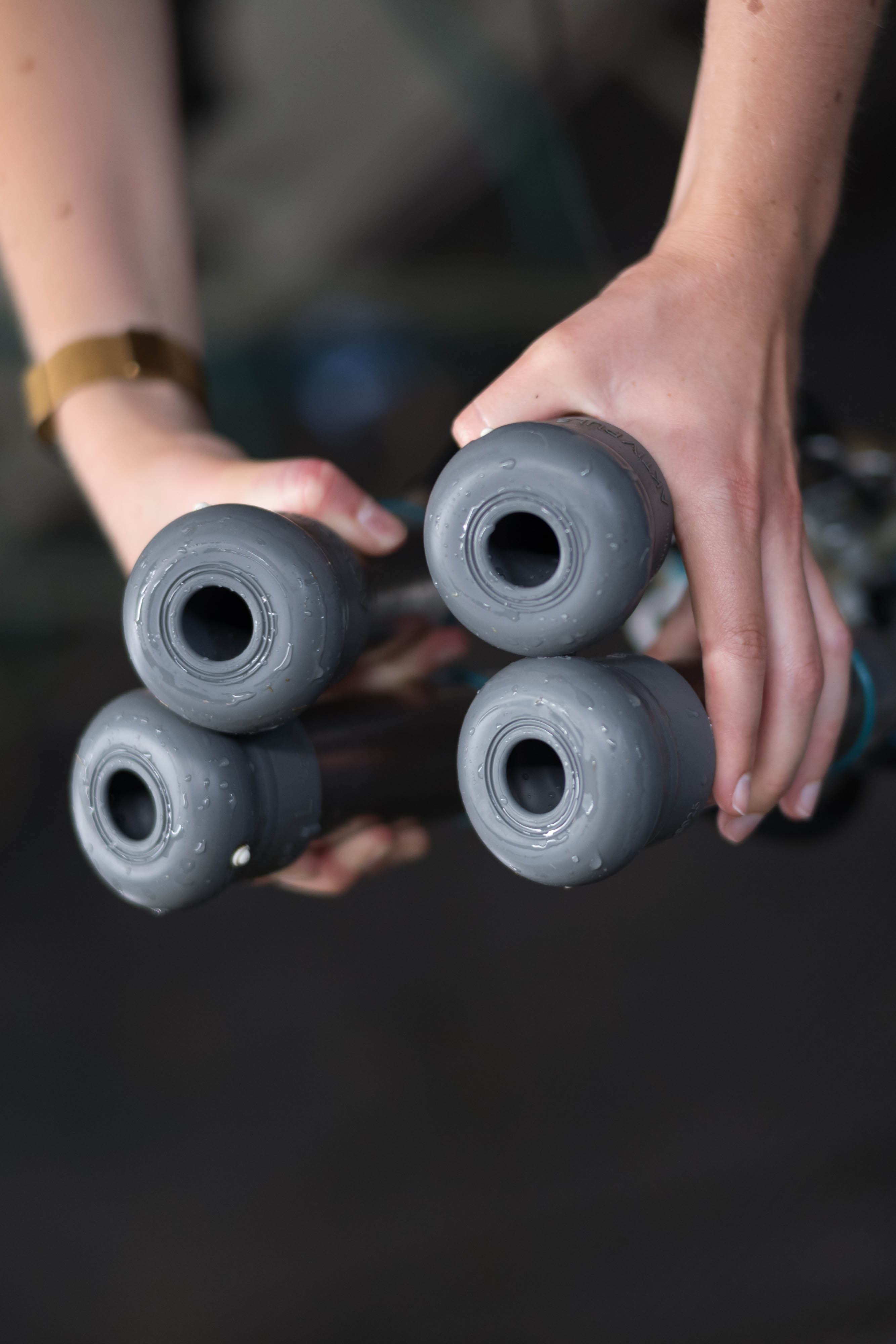Milking Parlour Hygiene
As your trusted partner, CID LINES, An Ecolab Company is by your side to care, to help, to support and to advise you on biosecurity and how it can improve the health of both your animals and your business.
MILKING PARLOUR HYGIENE IS KEY
The milking parlour is a high density place two or three times a day. Surfaces should be cleaned regularly to avoid multiplication of pathogens in this frequented area. As the milking machine is cleaned every day, it should be the same for the milking parlour itself. After each milking, rinse the milking parlour with water. Once a week, clean the area with a detergent, then disinfect. An automatic milking parlour is often even dirtier.
EQUIPMENT HYGIENE
The milk contact surfaces of milking and cooling equipment are a main source of milk contamination and frequently the principal cause of consistently high bacterial counts. Simple, inexpensive cleaning and disinfecting routines can virtually eliminate this source of contamination.
Milking Machines
Use an alkaline cleaner for pipes and tanks and alternate with an acid product.
An alkaline product removes fats and proteins (organic material). It’s formulated to clean and disinfect pipes and tanks. An acid cleaner removes calcium and iron deposits built up by the minerals in water and milk. Several acids are available on the market: sulfuric, phosphoric, nitric and peracetic acids. Sulfuric acid is very gentle for the rubber but bad for stainless steel whereas peracetic acid and nitric acid oxidize rubber and break the joints but are very effective milk stone removers. Rotating with an acid product will vary the pH and therefore stress bacteria and slow their development.
The frequency of rotation depends on the hardness of the water:
-
Soft water (<20°dH): use an acid product twice a week
-
Hard water (>20°dH): rotate every day with an acid product
Cleaning routine for the milking machine:
1. Disconnect from the tank and remove the milk filter
2. Rinse clusters and set up for cleaning routine
3. Pre-rinse immediately after milking (before cooling down) with lukewarm water
4. Washing phase (65-80°C, 5-10 min)
5. Flushing (with cold water, until all chemical residues are removed)
Cluster
 Cluster hygiene eliminates cross-contamination. A cow that is infected means decreased production, but also a risk of cross-contamination during the milking process. The cluster should be disinfected after a ‘high risk’ cow is milked.
Cluster hygiene eliminates cross-contamination. A cow that is infected means decreased production, but also a risk of cross-contamination during the milking process. The cluster should be disinfected after a ‘high risk’ cow is milked.
Milking Robots
The Automatic Milking Systems (AMS) are increasing all over the world. It's a market, with quite a few differences between brands and models. That's why it's so important to know the specificities of each model.
At CID LINES, An Ecolab Company, we have specific solutions for each type of robot and type of cleaning system.

